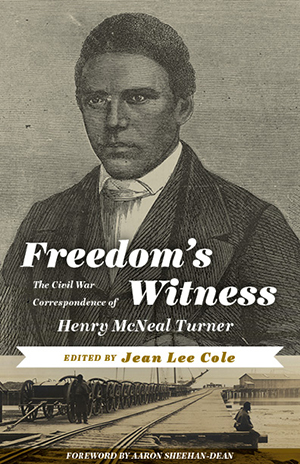Off-White Like MePosted in Articles, Media Archive, Social Science, United States on 2013-12-28 05:03Z by Steven |
LA Weekly
Culver City, California
2008-03-26
David Ehrenstein
Biracial? Tell it to the hosts of Fox and Friends. Obama is black.
On a cross-country trip in the summer of 1957, my family stopped in Oklahoma City. There, my father asked a policeman for directions to the state capitol. The officer began to offer them, when I leaned forward from the back seat. Suddenly the policeman’s demeanor changed. A scowl crossed his face as he asked my parents what they were doing in town and how long they planned to stay. Not immediately sensing his hostility, they volunteered that they were tourists and were stopping overnight. He then brusquely ordered them to “move on!” without directing them to the capitol. My parents were flabbergasted. They had no idea what had inspired his shift in attitude. But I did. All 10 years of me had just discovered what it was like to have pure racism staring you in the face.
My father was white. My mother, half-black. She wore makeup to cover her light, rather blotchy complexion, so her race wasn’t always apparent. I was darker-hued, and, therefore, as I leaned up into the light of the car that day, unmistakable.
Race was rarely discussed in my family. Growing up in the New York suburb of Flushing, Queens, I had the luck to live in an integrated neighborhood. People of different religions and ethnicities co-existed all around me. My favorite movie was The Thief of Bagdad,whose star, Sabu, looked, I thought, quite a bit like me. And wasn’t that terrific? He rode a magic carpet. All the neighborhood kids liked him, and practically all of them liked me too. Should the N word be uttered by some pintsize lout, it was treated as evidence of “bad parents.” The cop in Oklahoma was a different story. His face, a threat and a promise of “more where that came from,” were attitudes held outside my becalmed suburban bubble. America does judge a book by its cover. “Biracial”? Tell it to that cop. I’m black…
…Anatole Broyard, book critic for The New York Times and one of the most-talked-about intellectuals of the post–World War II period, was born in 1920 and died in 1990. Upon his death, the long-whispered rumor that he was a black man passing for white burst forth as fact. The light-skinned issue of light-skinned parents, Broyard hid his lineage and became what black scholar Henry Louis Gates Jr. called“a virtuoso of ambiguity and equivocation.”
In a piece he wrote for Commentary in 1950 titled “Portrait of the Inauthentic Negro,” Broyard said his subject “is not only estranged from whites, he is also estranged from his own group and from himself. Since his companions are a mirror in which he sees himself as ugly, he must reject them; and since his own self is mainly a tension between an accusation and a denial, he can hardly find it, much less live in it. . . He is adrift without a role in a world predicated on roles.”…
Read the entire article here.



